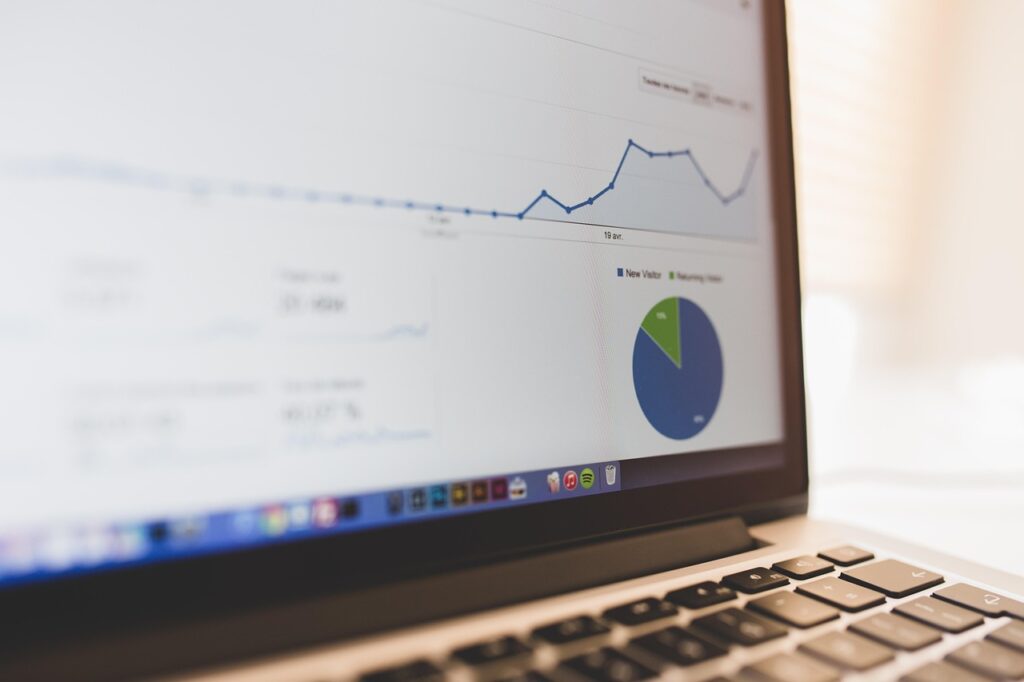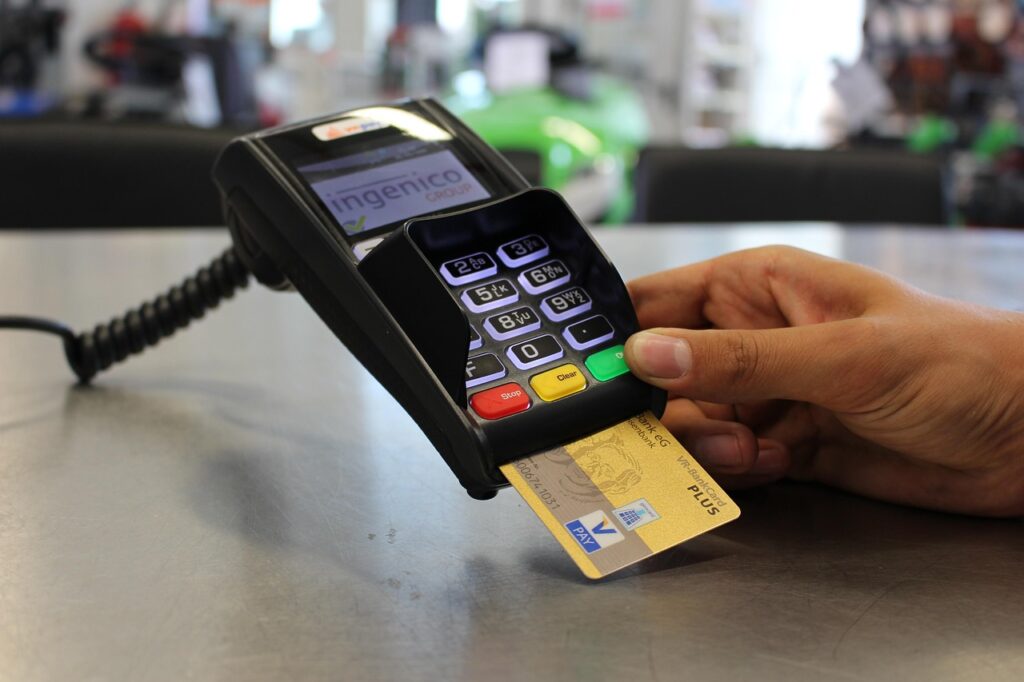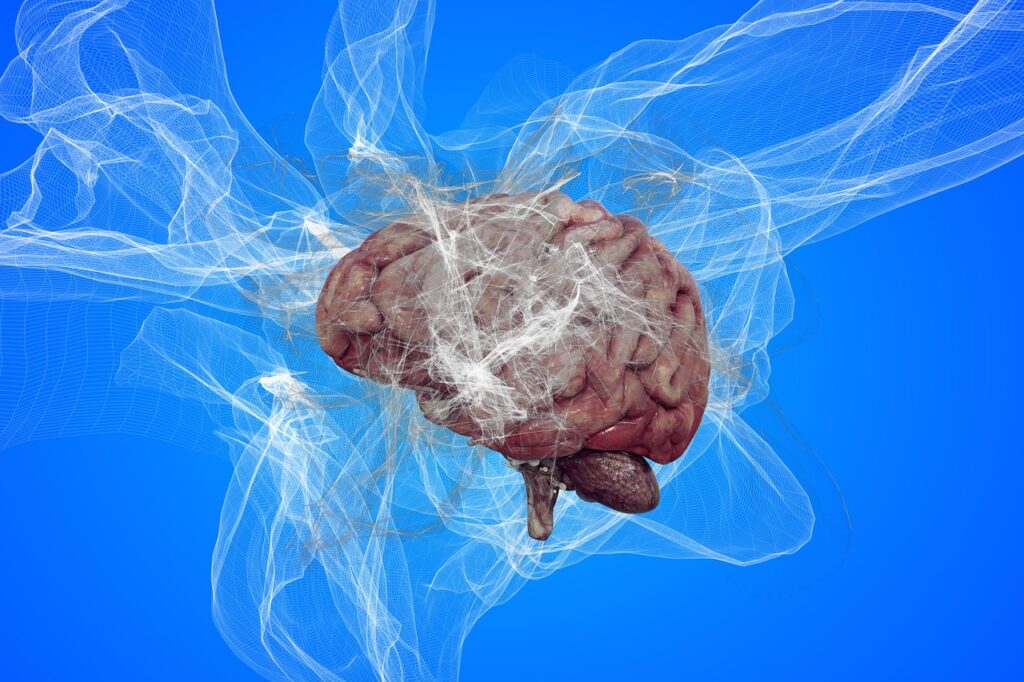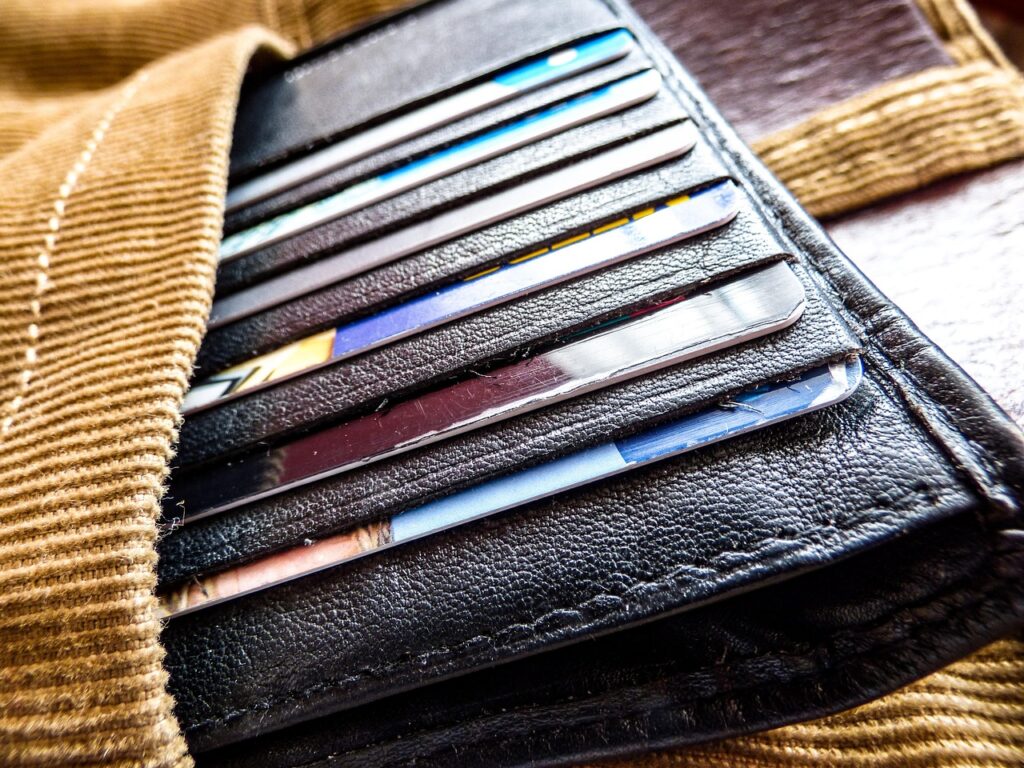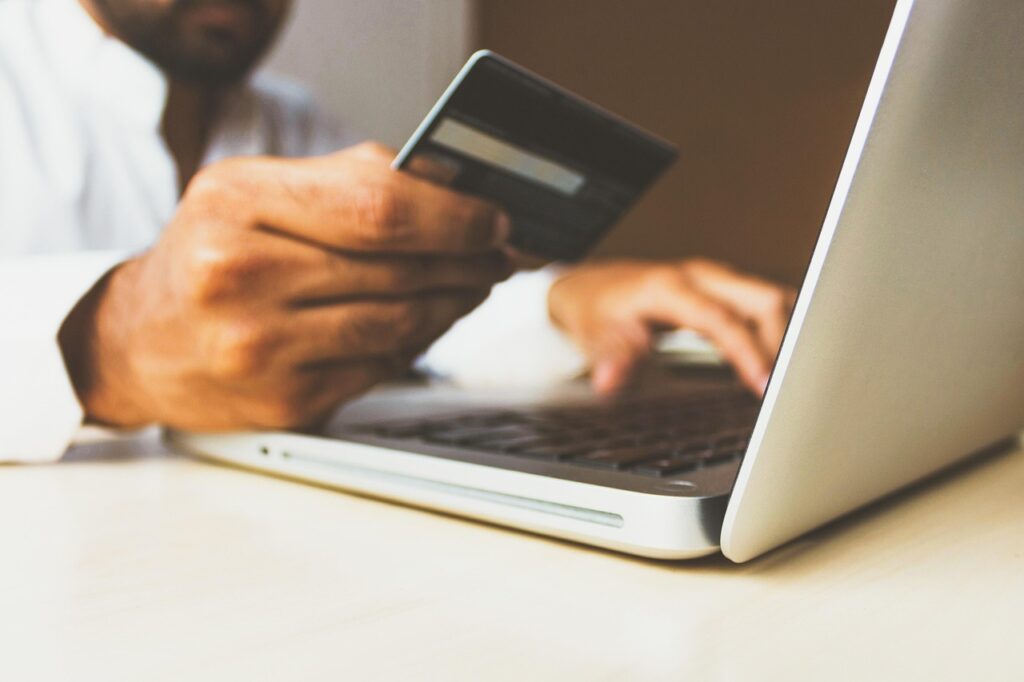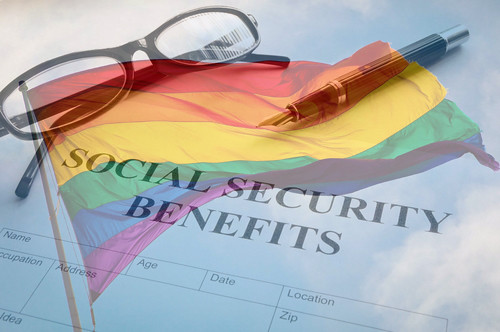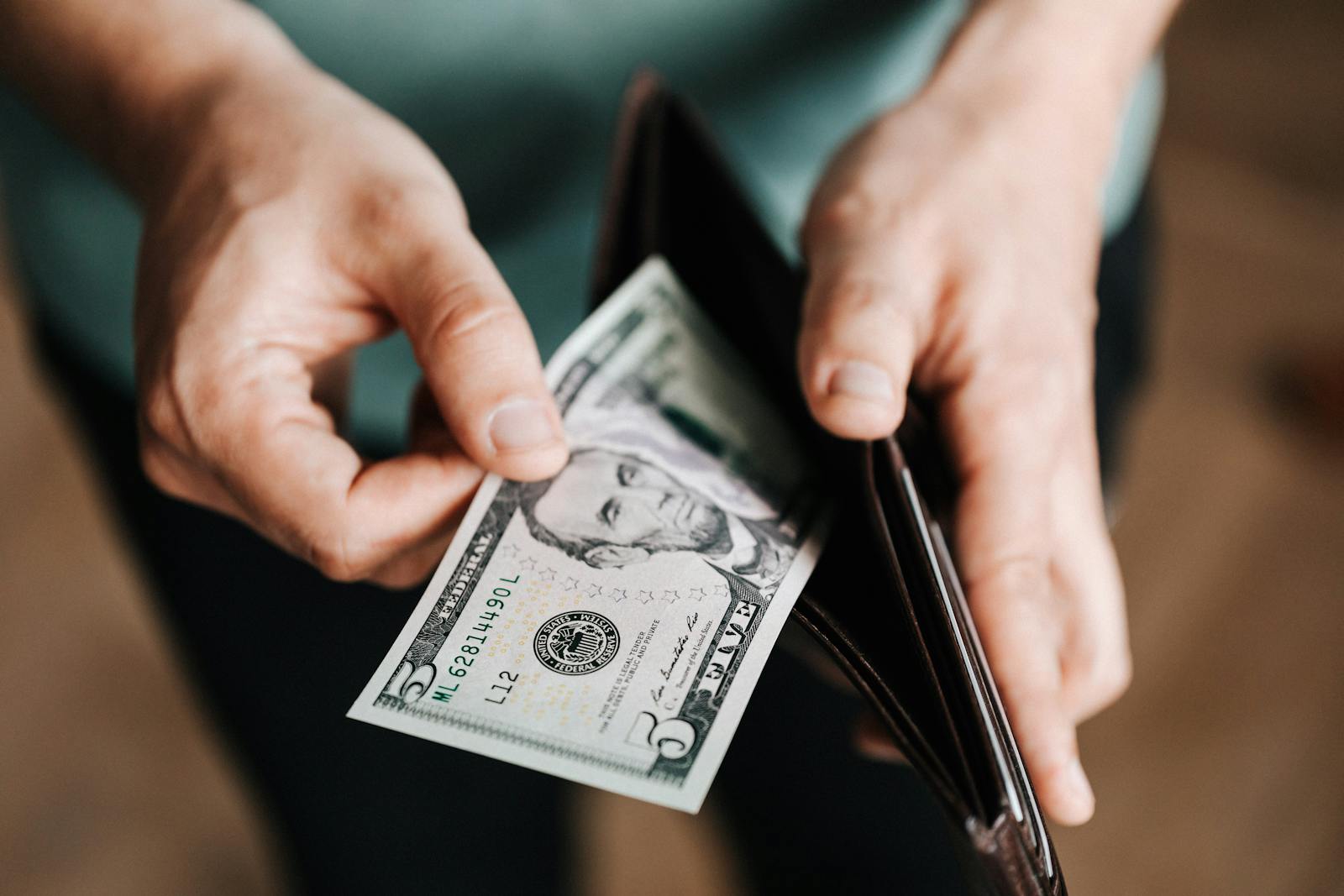
The financial landscape for many Americans is becoming increasingly treacherous, painting a stark contrast to broader economic narratives that often highlight resilience and robust spending. While official statistics might suggest a healthy consumer base, a closer look at the data reveals deep-seated struggles and “warning signs of consumer stress,” as Andrew Kish, assistant vice president in the Financial Monitoring Group of the Philly Fed, observed. This divergence stems from the nature of aggregate data, which can inadvertently “offset the struggles at the lower end” with the spending power of upper-income segments, as Wells Fargo economists pointed out, creating a misleading overall picture.
Indeed, the numbers are sobering. The share of active credit card accounts making just the minimum payment recently hit a 12-year high of 10.75% from July through September 2024, according to the Philadelphia Federal Reserve. Concurrently, credit card balances are swelling, with delinquent balances worsening, indicating a rising tide of financial strain. For average Americans, this isn’t just about statistics; it’s a daily reality where “73% struggled to afford anything beyond their basic living expenses,” and “about a third took on debt to cover them,” according to Resume Now’s 2025 Wage Reality Report.
In this in-depth exploration, we’ll delve into the multifaceted reasons behind why Americans continue to find themselves in a cycle of credit card overspending. We’ll peel back the layers of economic pressures, psychological influences, and common misconceptions that contribute to this pervasive issue. Our goal is to provide clear, actionable insights, drawing on the latest research and expert opinions, to help you understand these challenges and empower you to make more informed financial decisions.
1. **The Disconnect Between Aggregate Data and Individual Financial Reality** Often, when we hear about the economy, we’re presented with broad, aggregate data that lumps all consumers together. This approach, while useful for macroeconomic analysis, can unfortunately obscure the unique financial experiences of individuals at different income levels. The “disheartening truth,” as articulated by Wells Fargo economists, is that “upper-income consumer segments can largely offset the struggles at the lower end,” creating an illusion of widespread financial well-being that doesn’t reflect the reality for a significant portion of the population.
This masking effect means that “overall consumer spending [can] still run above 2% this year and signal ‘business as usual’ when it is anything but usual for a large segment of the population.” For lower- and middle-income households, the financial picture is far less rosy. These groups saw their saving rates turn negative in early 2022, as they were forced to draw down “rainy-day funds for the better part of two years.” While savings are now positive again, they remain “below pre-pandemic levels,” highlighting a persistent vulnerability.
What appears as robust consumer spending in national reports often comes “at the cost of more vulnerable finances for the working poor,” according to Wells Fargo economists. This divergence explains why, despite seemingly strong economic indicators, a substantial number of Americans are struggling. It emphasizes the importance of looking beyond headline numbers to understand the genuine financial health of households, especially those who are most susceptible to falling into credit card debt. The inability of aggregate data to capture these individual stories of struggle means the problem of overspending can be underestimated and misunderstood at a systemic level.
Read more about: Navigating the Shifting Sands: Why 9 Beloved Fast-Casual Chains Are Facing Customer Dissatisfaction and What It Means for the Industry’s Future
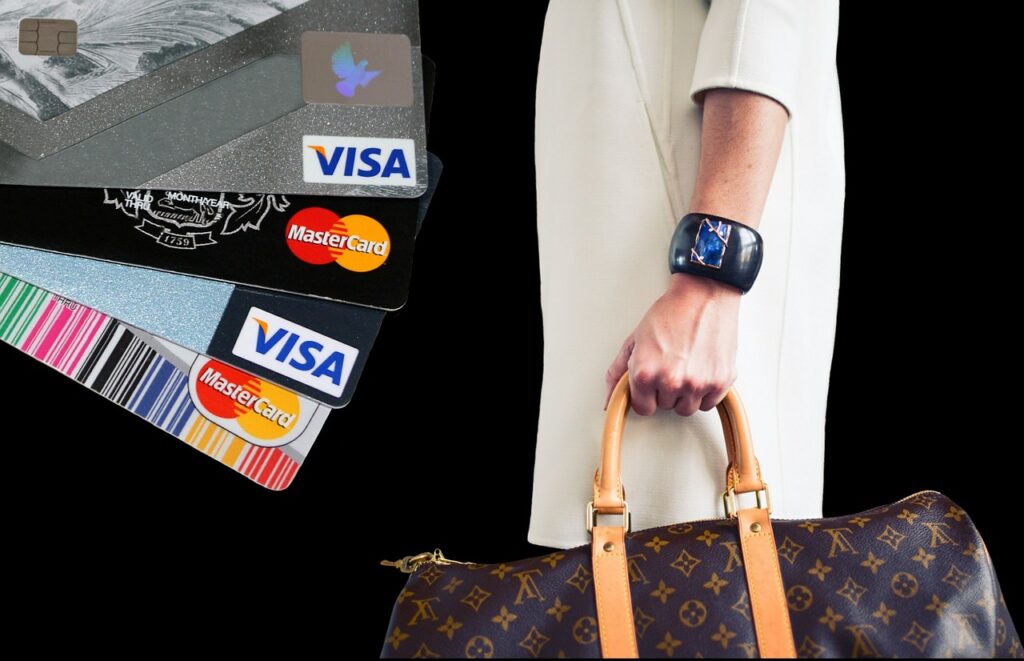
2. **The Silent Saboteur: The Impact of High Credit Card Interest Rates** For many Americans, carrying a credit card balance has become an increasingly expensive endeavor, transforming what might seem like manageable debt into a rapidly escalating burden. “Carrying that debt is costlier today than in periods of lower interest rates, and some households are simply struggling to stay current on servicing these outstanding balances,” Wells Fargo economists observed. This heightened cost is a direct consequence of the Federal Reserve’s string of interest rate hikes, which have pushed the average credit card rate to “more than 20% — near an all-time high.”
The impact of these elevated rates is particularly severe for lower-income households. These families, already “hit especially hard” by price increases, find their financial margin of error shrinking “from slim to about none,” as Matt Schulz, chief credit analyst at LendingTree, explained. When every dollar is stretched to cover basic necessities, the compounding effect of a 20%+ interest rate on a revolving balance quickly makes debt repayment a Herculean task. Even if the Fed adjusts its benchmark rates, “the average credit card rate barely budged,” demonstrating the sticky nature of these high costs for consumers.
Consider the long-term implications. TransUnion’s data shows the average credit card balance is $6,380. Assuming a 20.27% credit card rate and only making monthly minimum payments, a consumer would be “in debt for 218 months (more than 18 years) and will end up paying $9,344 in interest.” This staggering figure underscores how high interest rates not only perpetuate debt but significantly amplify its total cost, trapping individuals in a cycle where a substantial portion of their payments goes solely to interest, not principal reduction. It’s a silent drain on financial resources, making it incredibly difficult for individuals to catch up.
3. **Inflation’s Persistent Erosion of Purchasing Power** The rising cost of living has been a relentless force eroding the financial stability of American households, pushing many to lean more heavily on credit cards just to meet their daily needs. While “inflation may be easing in headlines,” as Howard Dvorkin, CPA and Chairman of Debt.com noted, “in households, the impact remains severe.” Between 2019 and 2023, the cost of all items increased by “more than 19%,” a significant jump that has dramatically altered household budgets and spending power. This sustained increase means that dollars simply don’t stretch as far as they once did.
Despite these economic headwinds, consumer spending has remained surprisingly strong, almost as if “Americans are largely brushing off inflation.” Retail and food service sales, for instance, increased by 0.6% in August 2024 after a 0.4% increase in July, and consumers are spending “5% more on average” compared to the previous year. This isn’t necessarily a sign of robust financial health, but rather, as the context suggests, it can be “out of necessity.” When basic expenses like food, housing, and transportation become more expensive, people must spend more just to maintain their standard of living, often resorting to credit to bridge the gap.
The consequence of this inflationary pressure is that budgets that once worked are no longer sufficient. If individuals “don’t adjust your budget to account for cost increases, you’ll likely find yourself overspending each month,” experts warn. This necessitates a fundamental shift in financial planning. Without proactive adjustments, the insidious creep of higher prices forces many to rely on credit cards to cover shortfalls, contributing directly to the swell in credit card balances and the deepening cycle of debt for a substantial portion of the population.
Read more about: A Dollar’s Journey: Unpacking the Surprising Truth About $5,000 in the ’70s and Its Modern-Day Purchasing Power
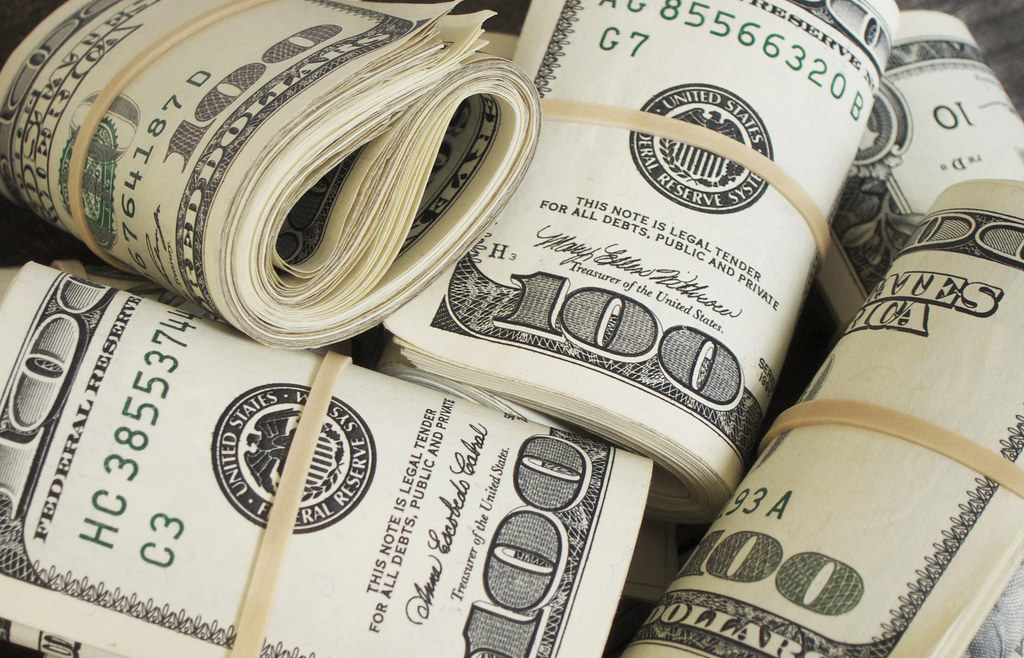
4. **The Misleading Illusion of ‘Extra Money’ from Credit** One of the most profound misconceptions driving credit card overspending is the tendency to view available credit as “extra money.” This perspective, highlighted by Sherman Standberry, a CPA and managing partner at My CPA Coach, suggests that for some, “the availability of credit can lead some people to perceive it as ‘extra money,’ leading to overspending.” This mental accounting error can be incredibly dangerous, blurring the lines between actual income and borrowed funds, and leading consumers down a path of accumulating debt without a clear understanding of the repercussions.
The truth, however, is far less convenient: “you have to pay back every dollar you borrow, plus interest and fees.” Credit is not an extension of your bank account; it’s a loan that comes with specific terms and obligations. When this fundamental principle is overlooked, consumers can easily fall into the trap of using credit cards as a lifeline, not just for convenience or rewards, but as a primary means to “keep you afloat.” This reliance, however, often leads to a spiraling debt problem, as the borrowed amounts accumulate faster than they can be repaid.
A significant part of this problem lies in a lack of awareness regarding the true cost of credit. While many people are keen to know their cashback rates, a troubling “27 percent of Debt.com’s survey respondents couldn’t tell you their APR.” This “lack of awareness paired with record-high balances is financially dangerous,” as Howard Dvorkin emphasizes. Without understanding the interest rates they’re paying, cardholders are unable to accurately assess the financial burden of their credit usage, perpetuating the illusion that credit is a freely available resource rather than a costly form of borrowing that requires diligent repayment.
Read more about: Vanity Fair Uncovers: The Hidden Life of Jerry Lewis, From Invented Pasts to Manipulative Power
5. **The Brain’s Own Trap: How Credit Cards Trigger Reward Systems** Beyond the economic and conceptual factors, a powerful, often subconscious force influences our spending habits: the brain’s natural reward system. Research suggests that the very act of using a credit card can trigger this system, making it “easier to overspend.” Scientists at MIT made a fascinating discovery: when study participants used a credit card, “the part of the brain responsible for rewards and reinforcement lit up, even before the purchase was complete.” This anticipatory excitement, which cash users did not experience, primes the brain for a positive experience associated with credit.
This neurological response means that credit cards don’t just facilitate transactions; they can actively stimulate a desire to spend. The brain “drives us to repeat behaviors that feel good,” and using a credit card can create a “positive feedback loop,” encouraging more frequent use to chase that feeling of enjoyment. Over time, “our reward system creates an association between using a credit card and receiving a reward.” Even subtle cues, like “card brand logos,” can activate this craving, much like the smell of fresh cookies stimulates hunger, as noted by researchers Richard Feinberg, Priya Raghubir, and Joydeep Srivastava.
This deep-seated psychological conditioning can lead to significant behavioral differences. The MIT study found that participants who used credit cards were “willing to purchase more expensive items and overall spent more on purchases than those who used cash.” This aligns with data from the Federal Reserve Bank of Atlanta, showing that the average value of credit card transactions was $81.81, significantly higher than the $35.23 for cash transactions. This isn’t just about convenience; it’s about the card itself acting as a powerful psychological trigger that encourages greater spending, often without conscious awareness of its influence.
6. **The “Painless Payment” Paradox: Why Swiping Feels Easier Than Cash** One of the most insidious psychological mechanisms contributing to credit card overspending is the concept of “painless payments.” Credit cards fundamentally disconnect the act of obtaining goods and services from the immediate “pain of spending,” making the tangible cost of purchases far “less perceptible.” When you swipe a card, there’s no physical exchange of money, no diminishing stack of bills in your wallet, and no immediate visual representation of your dwindling funds. This absence of immediate pain, as observed by researchers like Manoj Thomas, effectively “anesthetize[s] the pain of paying.”
In contrast, using cash provides an immediate, visceral reminder of the cost. “The opposite is true with cash, where you feel the pain of spending right away because you physically have less cash,” explains financial writer LaToya Irby. This direct correlation between spending and a tangible loss of money acts as a natural inhibitor to overspending. Without this immediate feedback, credit card users might not instinctively consider whether they can truly afford a purchase or if it aligns with their financial goals, leading to decisions that prioritize instant gratification over long-term financial health.
Furthermore, the brain, wired to seek pleasure and avoid pain, tends to “not factor in long-term consequences when it seeks rewards.” With large purchases made on credit, the “repayment time or interest cost” often remains an abstract concept, not an immediate deterrent. This oversight can be compounded by an “overconfidence bias,” where some individuals are overly optimistic about their ability to repay their balances. The combined effect of detached payment, absence of immediate pain, and a future-discounting mindset creates a powerful incentive for overspending, masking the true financial impact until the monthly statement arrives.
Navigating the complexities of personal finance in America often feels like a constant battle against unseen forces. While the first section of our deep dive highlighted significant economic pressures and initial psychological triggers, there’s another layer of subtle, yet powerful, influences at play. These are the societal expectations, cognitive biases, and emotional responses that further entrench the cycle of credit card overspending, making it crucial for us to understand these undercurrents to truly empower better financial decisions.
7. **The Power of the Logo: Conditioning and Desire** Beyond the convenience and reward signals, credit card branding itself holds a surprising power over our spending inclinations. The mere presence of a credit card logo can subconsciously stimulate a craving for consumption, acting as a powerful cue in our environment. This isn’t just a theory; researchers have found that even subtle visual reminders can prime our brains for spending.
Experimental research conducted by Richard Feinberg in the 1980s provided fascinating insights into this phenomenon. Feinberg manipulated whether credit card logos were visible to participants while they considered how much they would be willing to pay for various products, or how much they would donate to charity. The surprising result was that participants’ hypothetical willingness to pay and their actual cash donations were significantly greater when credit card logos were visible compared to when they were absent.
These compelling findings were later replicated by Priya Raghubir and Joydeep Srivastava, reinforcing the idea that consumers have been conditioned to associate credit card logos with the act of consumption. This conditioning is akin to a Pavlovian response; much like the smell of freshly baked cookies can stimulate hunger, seeing a credit card logo can trigger a subconscious desire to acquire and spend. It creates a direct mental link between the card and the satisfaction of a purchase.
This ingrained association means that our desire to spend can be activated before we even consciously consider a purchase. It’s a subtle yet potent psychological force that can subtly nudge us towards opening our wallets, contributing to overspending often without us even realizing the influence at play. Understanding this conditioning is a vital step in regaining control over spending impulses.
Read more about: The Ultimate List: 15 Rarest Big-Block V8 Engines and Their Legendary Muscle Machines
8. **The Illusion of Abundance: Credit Limits as Spending Benchmarks** Another subtle cognitive influence on overspending is how we perceive credit limits. These limits, often presented as a measure of our financial capacity, can inadvertently serve as benchmarks that distort our perception of item prices. A high credit limit can create an “illusion of abundance,” making individual purchases seem smaller and less significant in comparison.
Research by Dilip Soman and Amar Cheema highlights this effect, suggesting that for consumers with limited credit experience, high credit limits can signal future earnings potential. This perceived future wealth can then make current prices seem relatively insignificant, thereby stimulating greater spending. The implicit message becomes: if you have so much available credit, this small purchase is hardly a dent.
Further work by Carey Morewedge and colleagues explores how salient credit limits directly make purchases appear smaller. For example, a $1 candy bar might seem inconsequential when viewed against a $5,000 available credit limit, whereas it would represent a fifth of the cash in a $5 bill in one’s wallet. This mental reframing reduces the psychological friction associated with spending, encouraging more frequent and larger purchases.
The danger lies in this skewed perception. When a large credit limit makes every purchase feel manageable, consumers can easily lose track of their accumulating debt. It disarms the natural caution that comes from seeing a physical reduction in funds, leading to a false sense of security and contributing to a pattern of overspending that eventually becomes difficult to manage. Being mindful of this cognitive bias is essential for responsible credit use.

9. **Keeping Up with the Joneses: The Pressure of Social Spending** In a society that often equates material possessions with success and happiness, the pressure to conform to perceived social norms can be a powerful driver of overspending. The timeless adage of “keeping up with the Joneses” is more relevant than ever, pushing many Americans to spend beyond their means in pursuit of an elusive standard of living.
Sherman Standberry, a CPA and managing partner at My CPA Coach, points out that “The desire to ‘keep up with the Joneses’ can lead people to spend beyond their means.” This isn’t merely about envy; it’s often a deep-seated social pressure. Khwan Hathai, a certified financial planner, adds that “Some may view spending as a form of social proof, associating material purchases with self-worth or status.” Our purchases become signals of our standing in the world, leading to a dangerous cycle of expenditure.
This psychological trap can manifest in various ways, from upgrading cars and homes to choosing expensive vacations and designer clothes. The motivation isn’t always genuine need or desire, but rather a perceived necessity to signal affluence or maintain a certain image within social circles. The temporary boost to self-esteem derived from these purchases often comes at the cost of long-term financial stability, driving individuals deeper into credit card debt.
To break free from this cycle, experts suggest a shift in perspective. Instead of fixating on external comparisons, it’s crucial to “focus on what’s most important to you and what you’d like to achieve in your life,” as Standberry advises. Cultivating a clear understanding of personal financial goals can serve as a powerful antidote to the societal pressures that encourage unsustainable spending habits.
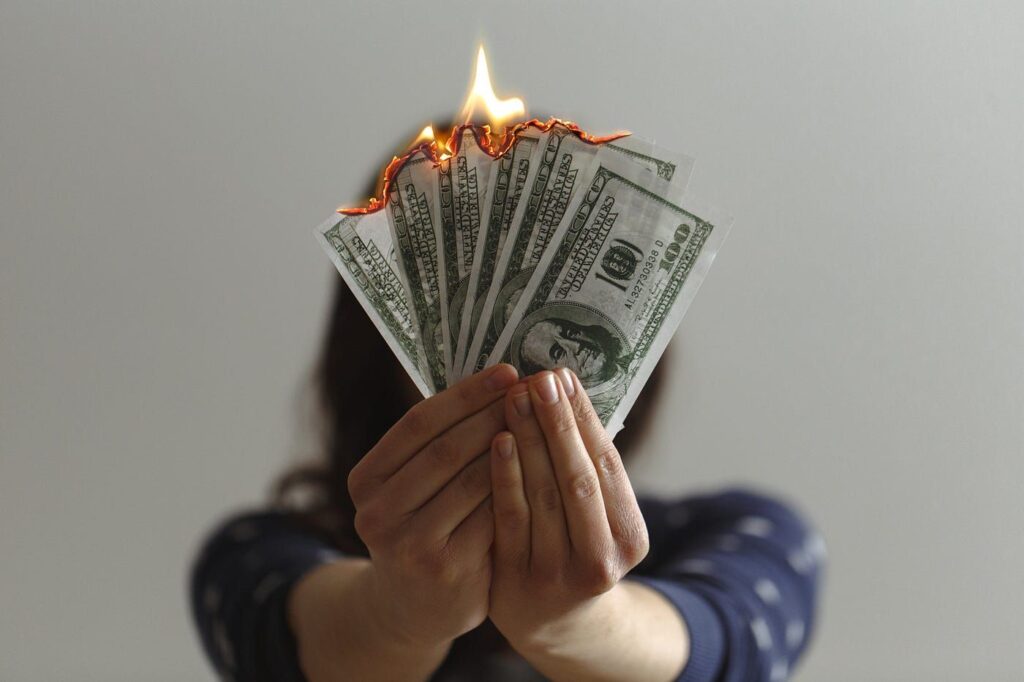
10. **Lifestyle Creep: When More Income Means More Debt** It’s a common, yet often unnoticed, financial pitfall: as our income increases, so too do our expenses. This phenomenon, known as “lifestyle creep,” can stealthily erode any potential for increased savings or financial freedom, leaving individuals feeling no richer despite making more money. It’s a subtle but significant factor in why Americans continue to struggle with credit card debt.
Lifestyle creep occurs when “your expenses unintentionally creep up as your income increases.” This means that after receiving a raise or securing a higher-paying job, people often find themselves spending more on discretionary items like dining out, shopping, or upgraded experiences. What might seem like a natural progression—enjoying more once you earn more—can quickly become a financial treadmill.
The insidious nature of lifestyle creep is that “despite making more money, your discretionary income doesn’t feel like it’s increased.” The new, higher level of spending quickly becomes the new normal, absorbing any additional income. This makes it difficult to build wealth or pay down existing debts, as new earnings are immediately allocated to an expanded lifestyle rather than financial security.
Preventing lifestyle creep requires proactive financial planning and disciplined self-awareness. Sherman Standberry suggests, “Be honest about your necessary expenses and allocate the funds accordingly.” The key is to be intentional with every dollar earned, resisting the temptation to inflate your lifestyle proportionately with your income. By revisiting your financial plan whenever your income increases, you can ensure that raises contribute to financial growth, not just increased debt.

11. **Retail Therapy: Emotional Spending as a Coping Mechanism** The concept of “retail therapy” is often joked about, but it represents a very real and often detrimental coping mechanism for many Americans struggling with emotional distress. Overspending can frequently be a signal of underlying emotional or psychological triggers, rather than simply a lapse in financial judgment. This highlights the deep connection between our emotional well-being and our financial habits.
Research from the University of Michigan’s Ross School of Business indicates that sadness is strongly associated with a sense of lacking control over life’s outcomes. Interestingly, this study reports that shopping can enhance feelings of personal control, suggesting it acts as a mechanism to alleviate sadness. The temporary rush of a new purchase can provide a fleeting sense of agency and comfort.
Khwan Hathai further explains this dynamic, noting that “some people may overspend as a form of escapism, temporarily distracting themselves from stress or emotional pain.” When facing anxiety, loneliness, or other difficult emotions, the act of buying something new can offer a short-lived distraction or a sense of pleasure that masks deeper issues. However, this relief is temporary and often replaced by the added stress of financial strain.
Recognizing and understanding these emotional triggers is paramount. Hathai emphasizes that “by understanding the emotional triggers that prompt overspending, you can develop healthier coping mechanisms that don’t involve reaching for your wallet.” Addressing the root cause of emotional pain through non-financial strategies is a crucial step toward breaking the cycle of emotionally driven overspending and achieving true financial well-being.
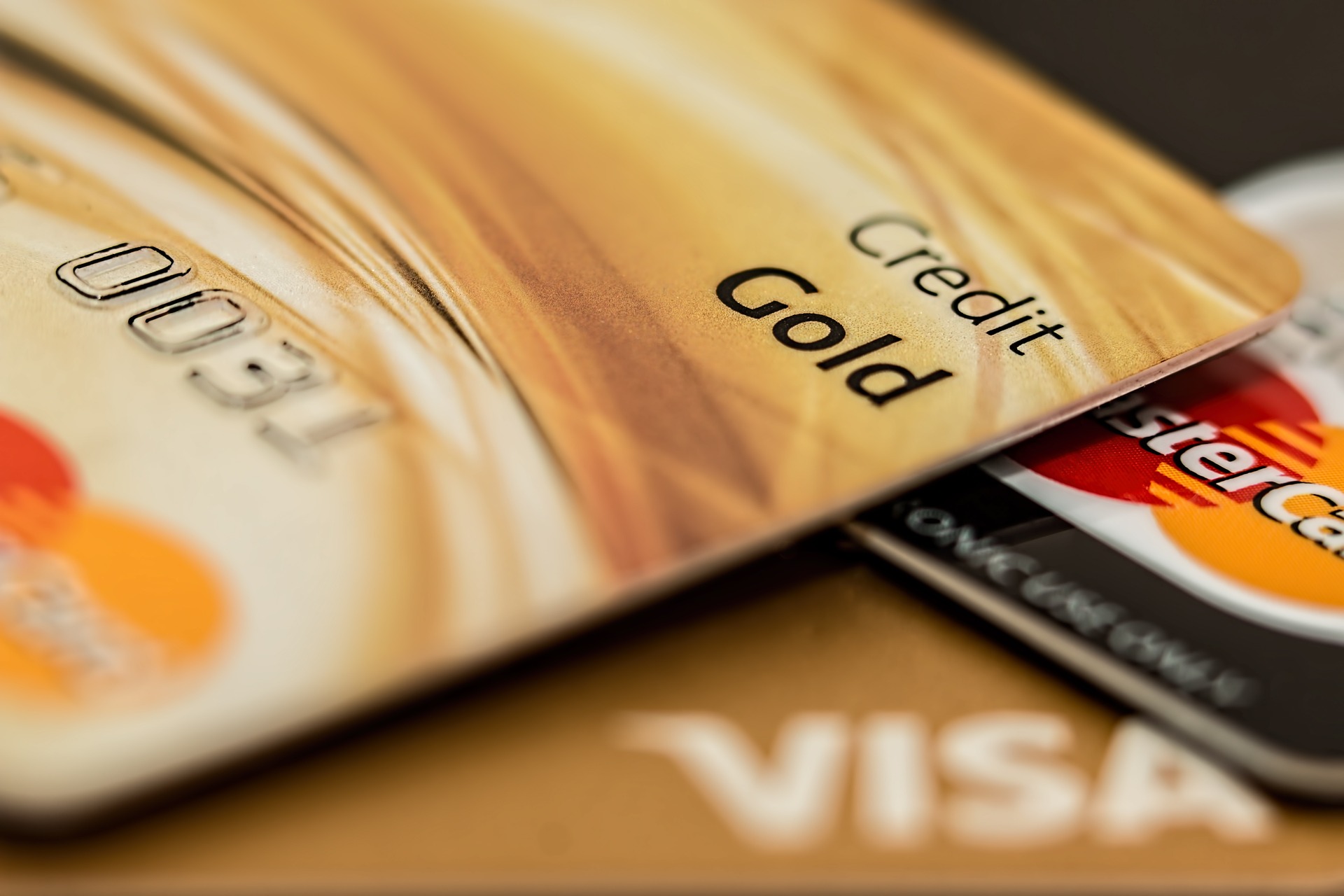
12. **The Rewards Trap: Misguided Priorities in Credit Card Use** For many Americans, the allure of credit card rewards—cashback, travel points, or other perks—is a primary reason for using their cards. A Debt.com survey revealed that “The overwhelming majority answered, ‘I earn cashback and rewards.'” While earning rewards can be a smart financial strategy, it transforms into a significant trap when the pursuit of these benefits overshadows the fundamental principle of responsible credit use: avoiding interest.
The paradox is stark: even among credit cardholders who are “carrying a balance month to month, 72 percent are still making an effort to earn credit card rewards.” This is, as Ted Rossman, senior industry analyst at Bankrate, succinctly puts it, a misguided priority. “It doesn’t make sense to pay 20, 25 or 30 percent in interest just to earn a few percentage points in cash back or travel rewards.” The cost of carrying a balance far outweighs any reward gained.
A significant part of this problem stems from a lack of awareness about the true cost of credit. While many consumers are diligent about knowing their cashback rates, a troubling “27 percent of Debt.com’s survey respondents couldn’t tell you their APR.” Howard Dvorkin, CPA and Chairman of Debt.com, underscores the gravity of this oversight: “This lack of awareness paired with record-high balances is financially dangerous.” Without understanding the interest rates, the perceived value of rewards is massively inflated.
The rewards trap ensnares individuals in a cycle where they justify spending on credit, even when they cannot pay it off, under the guise of earning benefits. However, when interest charges on revolving balances accumulate, they quickly negate and far exceed any cashback or points earned. The simple truth is that “Rewards are great, but only if you’re able to pay in full and avoid interest each month.” Prioritizing rewards over debt avoidance is a losing proposition, adding unnecessary financial burden instead of providing genuine value.
Understanding why Americans keep overspending on credit cards is a complex journey, revealing a tapestry woven from economic realities, psychological impulses, social pressures, and cognitive biases. From the subtle influence of a credit card logo to the deceptive allure of rewards, each factor plays a significant role in shaping our financial behaviors. By shedding light on these often-unseen forces, we aim to equip you with the knowledge needed to recognize your own patterns, identify potential pitfalls, and ultimately make choices that lead to greater financial stability and peace of mind. Taking control of your credit card spending begins with informed awareness, transforming potential traps into pathways for smarter money management.

